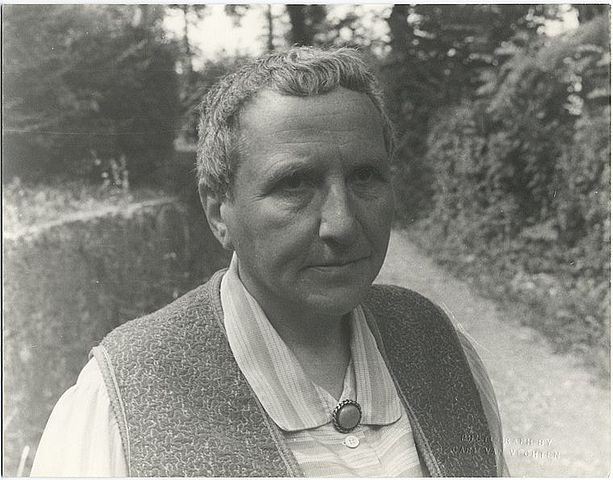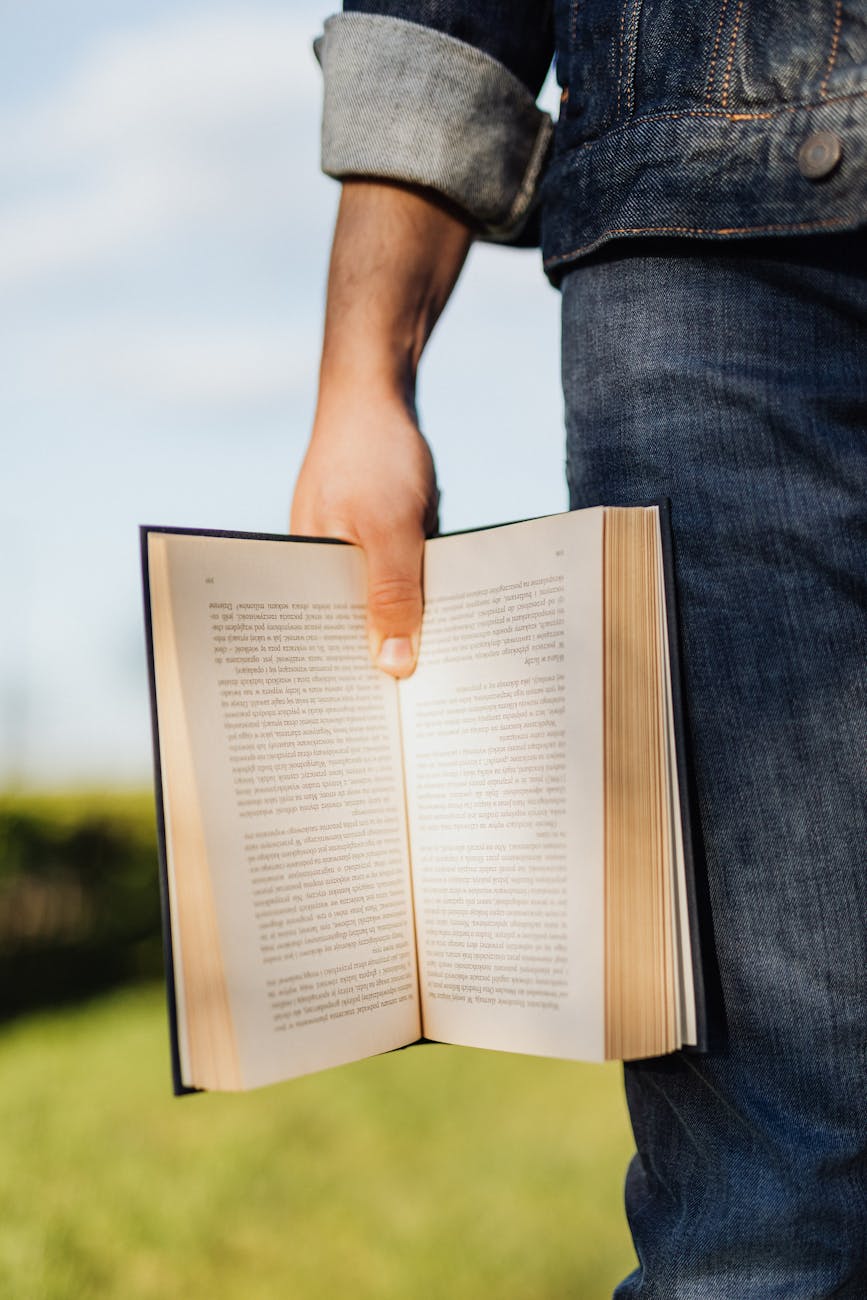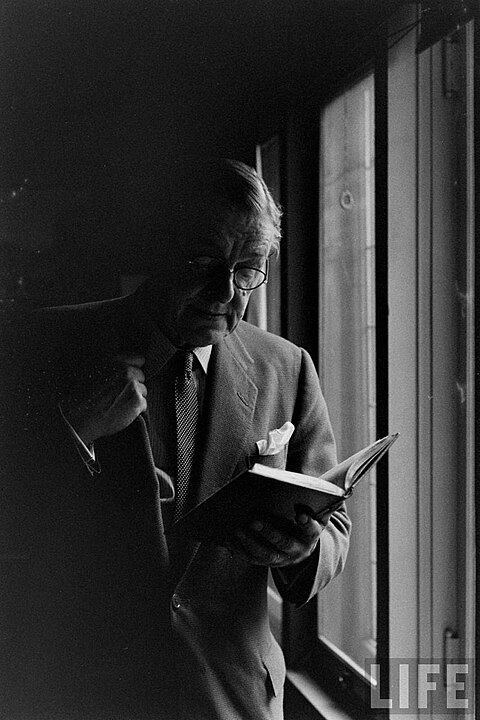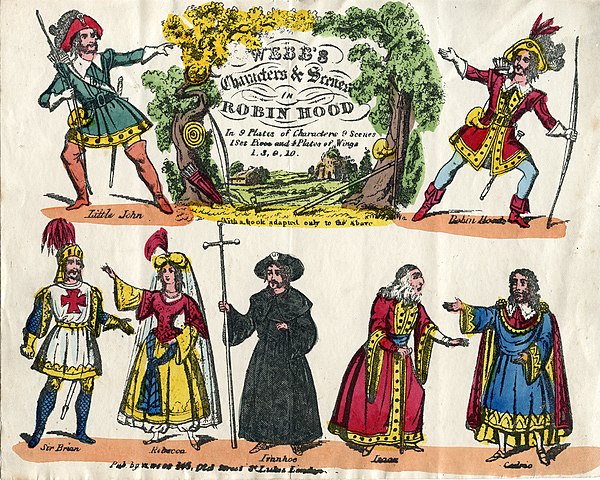For some, “The Lost Generation” immediately conjures visions of writers strolling the late-night, forlorn streets of France. For others, it may very well be ghosts of World War I. In reality, the term is a metaphor for the artists and writers who wallowed in the years between the two Great Wars. The progenitor of this expression, meanwhile, is Gertrude Stein. She was an author and flamboyant artist who was curator of the arts. She was also an important figure during the modernist movement.
Biography of Gertrude Stein
Stein was born in Pennsylvania on Feb. 3, 1874. When she was young, she lived in Oakland, California. At Radcliffe College, she studied psychology “with the philosopher William James and received her degree in 1989.” It was at Radcliffe under James that she learned of “stream of consciousness” writing.
Later, she studied at Johns Hopkins Medical School and then moved to Paris. She lived at 27 Rue de Fleurus, which would evolve into an artistic salon, visited by many notable artists. Here, Stein was an important figure for “new moderns,” who were artists working between the two World Wars. These artists included Henri Matisse, Juan Gris, Pablo Picasso, Ernest Hemingway, and F. Scott Fitzgerald.
Perhaps her only commercially successful novel was The Autobiography of Alice B. Toklas (1933). Toklas was a muse for Stein and she was a crucial person for her personal and professional life. According to certain sources: “Though critical opinion is divided on stein’s various writings, the imprint of her strong witty personality survives, as does her influence on contemporary literature” (Biography).
Conclusion
Stein was an experimental writer. She spent her life in pursuit in unconventional works and with unconventional artists. In this way, she left a lasting legacy of painters, writers, and poets that continue to inspire and transform our perceptions of art.
Discover more from The Writing Post
Subscribe to get the latest posts sent to your email.



